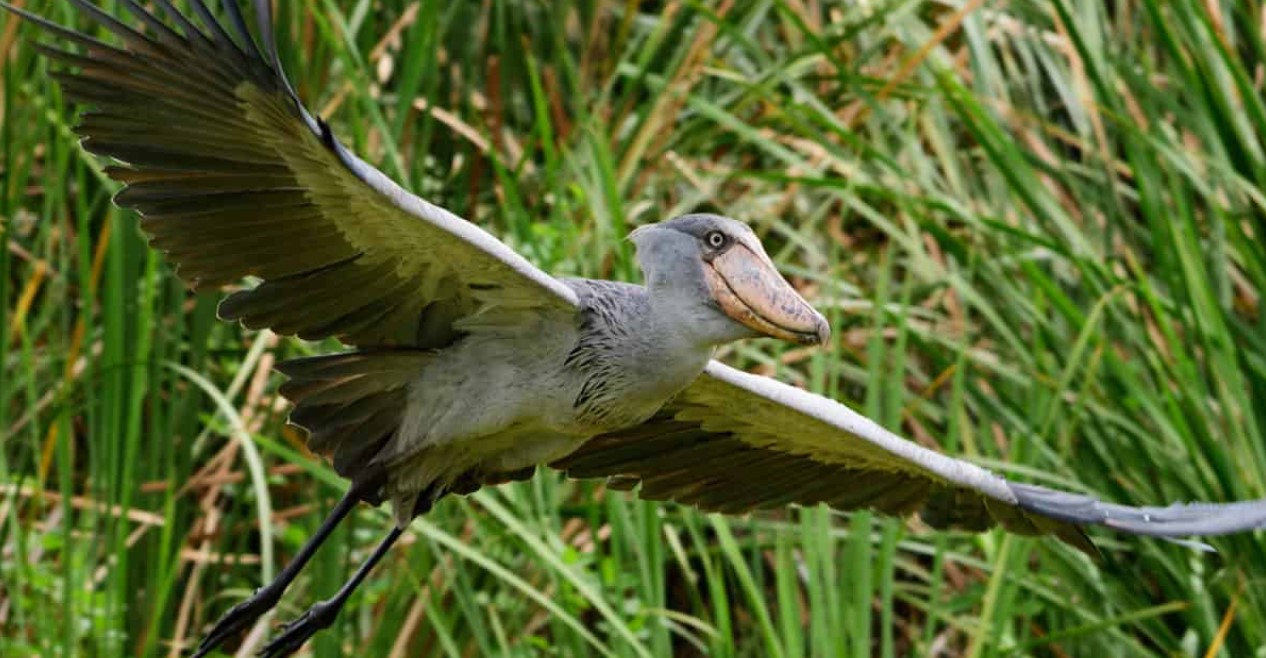
Rarities and Vagrants Observed in Uganda
Rarities and Vagrants Observed in Uganda: Sudden Guests in Uganda’s Skies you might actually encounter. Uganda is famous for its lush landscapes, from papyrus wetlands to shimmering lakes and deep forest tummy-warmers of Bwindi. It’s also a magnet for birds that don’t always read the map—that is, rarities and vagrants that show up when you least expect them. If you’re a birder chasing lifers, a photographer hoping for a dramatic shot, or just curious about what’s possible in East Africa, this guide is for you. I’ll walk you through what counts as a rarity or vagrant, share some well-documented Uganda records (locations you can practically visit), and offer tips to help you verify and enjoy these memorable sightings.
What counts as a rarity or vagrant (Rarities and Vagrants Observed in Uganda)?
Rarity: A bird that’s unusual for Uganda in the habitat you’re visiting. Think of it as a “this doesn’t happen every day” moment.
Vagrant: A bird outside its normal range, here for a short visit or a stray passage migrant.
The records you’ll see here focus on observable details—where it was seen, who saw it, and what was noted about its appearance or call.
Note: We’re talking about notable sightings that have been published or verified by credible sources (field guides, checklists, ornithological journals, or trusted platforms).
Notable Rarities and Vagrants Observed in Uganda (locations and quick context)
What follows is a friendlier, less formal snapshot of well-documented sightings. Each item points you to a place you could visit with a guide who knows the local hotspots.
Shoebill Stork, or Balaeniceps rex
- Where you might see it: Papyrus edges and marshy pockets around Mubare Swamp, within QENP’s corridor.
- Why it’s notable: It’s an icon of Ugandan birding, but occasional reports outside core shoebill hotspots remind us these birds roam and shift with water levels.
Pallid Harrier, or Circus macrourus
- Where: Ishasha area in the southern part of QENP.
- Why it matters: A rare visitor in East Africa; seeing one is a memorable moment that sparks conversations about migration routes.
Osprey, or Pandion haliaetus (Rarities and Vagrants Observed in Uganda)
- Where: Inland sightings along the Kazinga Channel and on the shores near Entebbe and Sango Bay.
- Why it’s exciting: This fish-eating raptor isn’t a resident in large numbers inland, so each sighting adds a note to Uganda’s migratory story.
African Crake, or Rallina annae
- Where: Wetlands near Lutembe Bay and Mabira Forest edge wetlands.
- Why it’s special: A shy little rail that’s easy to miss but rewarding when you catch a glimpse or hear a distant call.
Red-faced Cormorant, or Phalacrocorax gevelae
- Where: Lake Victoria shores near Entebbe and at the Lake George delta.
- Why it stands out: A seabird far from its coastal norm, showing how big water bodies can carry birds far from expected ranges.
White-winged Tern, or Chlidonias leucopterus (Rarities and Vagrants Observed in Uganda)
- Where: Mabamba Swamp and the lakeshore near Jinja.
- Why it’s intriguing: It’s not a daily sight inland; when it shows up, it often sparks excitement among local guides and visiting birders.
Short-toed Eagle, or Circaetus gallicus
- Where: Open-country edges like the Murchison Falls area and the Kibale Forest edge.
- Why it’s notable: A handsome raptor with wide-range wanderings that keep birders on their toes.
Pomarine Skua, or Stercorarius pomarinus
- Where: Nile vicinity near Jinja (historic records beyond the coast).
- Why it’s rare: It’s a bird many never expect to see inland; confirmation matters more than you’d expect.
Sooty Falcon, or Falco concolor (Rarities and Vagrants Observed in Uganda)
- Where: Historical notes around the Lake Albert region; not recently verified.
- Why it’s tricky: There are old stories and recent uncertainties, which makes documenting current sightings especially important.
Black-throated Sparrowhawk, or Accipiter striatus
- Where to look: Kasenyi in QENP and the Lake Mburo region.
- Why it matters: Because of its tiny changes in plumage, Accipiter is frequently confused with other small raptors. It can be distinguished from related species by its slim shape, banded chest, and quick, agile flight through woodland margins; leg tone and eye colour can also aid.
- Field advice: If accessible, audio calls can be diagnostic; close-up pictures of the tail bands and breast pattern help with identification.
Grus leucogeranus, or Siberian Crane (Rarities and Vagrants Observed in Uganda )
- Where to look: East Africa has historically been mentioned; there have been no recent reports of sightings in Uganda.
- Why it matters: The significance of continuous wintering grounds and migration is highlighted by its rarity and the tragic story surrounding it.
Uganda’s skies aren’t just home to the familiar birds you see around parks and lakes. They’re alive with countless others who travel through, sometimes stopping by longer than expected. These visitors—vagrants and rarities—arrive with weather patterns that surprise us, changing habitats, and long, winding migration routes. Each reliable sighting feels like a small, meaningful piece of a bigger story about Uganda’s birds: how species move, adapt, and sometimes linger in places we wouldn’t expect. For the people who observe them, it means careful, dedicated study, careful notes, and a deep respect for the places that keep both the usual residents and these remarkable guests thriving.

